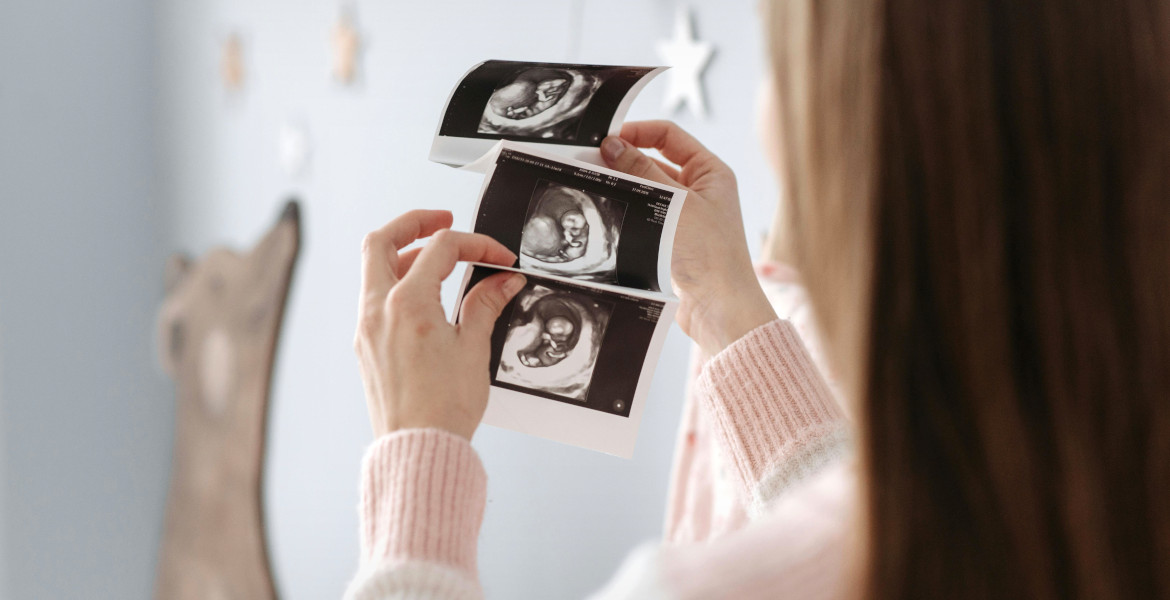For the first time, researchers can demonstrate how PFAS in pregnant women affects their children's brains long-term. The Finnish-Swedish study shows that structural changes can be observed in children when they are five years old.
The study, which has been published in Lancet Planetary Health, is a collaboration between Örebro University (Sweden), Åbo University (Finland), and Turku University Hospital (Finland), and is part of the EU project INITIALISE (Inflammation in human early life: targeting impacts on life-course health).
PFAS consists of a range of chemicals that are difficult to break down and have been found not only in nature, but also in humans and animals. Some of these chemicals can be harmful to health. Research has shown that PFAS can affect the immune system and is also suspected to have effects on metabolism, hormonal balance, and brain development.
Because PFAS remains in the body, it can also pass from a pregnant woman to the placenta, which means the child can be exposed. Previous studies have, for example, indicated that if pregnant women have PFAS in their blood, there is a greater risk that the child will become overweight later in life.
Affected brain structure
This study is the first of its kind to examine the entire brain simultaneously in a brain scanner in children in relation to PFAS exposure during pregnancy – several years after birth.
The study was conducted using the FinnBrain Birth Cohort Study, which was established at Åbo University (Finland) in 2011. It is a long-term study that follows thousands of children and mothers from pregnancy onward. Some of the children underwent brain scans, and these results have been compared with the levels of PFAS measured in the mothers during pregnancy.
The results show that there is a connection between higher levels of PFAS in pregnant women and changes in both the brain's structure and in the connections between different brain regions in their children. These changes were observed five years later.
This is the first time researchers have been able to describe how PFAS in pregnant women can be linked to changes in their children's brains several years later.
— This is an important piece of the puzzle in understanding how chemicals can affect children's development. Step by step, we are gaining more knowledge about how different environmental factors interact and can contribute to health problems, says Tuulia Hyötyläinen, professor at Örebro University, in a press release.
Exposure to PFAS during pregnancy and also during early development in the child is considered particularly sensitive, the researchers say, because the brain and other organs grow rapidly and are formed during that time. More research is now needed on how PFAS affects brain function.
— Overall, the research shows that PFAS can affect brain development even at low levels. More research is needed on how chemicals affect cognition and brain function in children, what the causes are, and what it leads to, says Hyötyläinen.
Researchers' tips to avoid PFAS while awaiting stronger legislation:
- Eat fish, but avoid fish from lakes contaminated with PFAS. For more information about contamination levels, contact your local municipality. Also reduce consumption of takeaway food and microwaveable meals in grease- and water-repellent paper packaging.
- Avoid cooking with non-stick products.
Avoid makeup, soap and beauty products containing PFAS. In ingredient lists, look out for: PTFE, polytetrafluoroethylene, "...perfluoro..." or "...polyfluoro...". - PFAS is often found in water-repellent functional clothing. Since most PFAS is released during production, buying second-hand clothes can help reduce these chemicals in nature.




